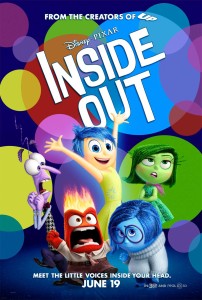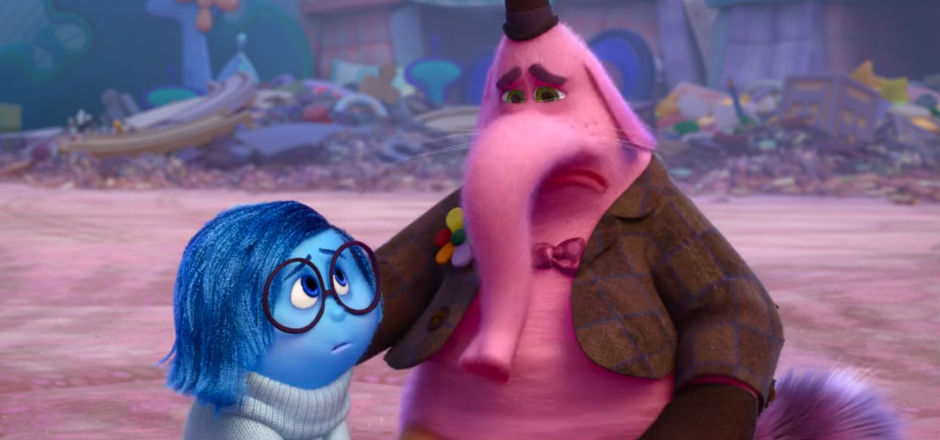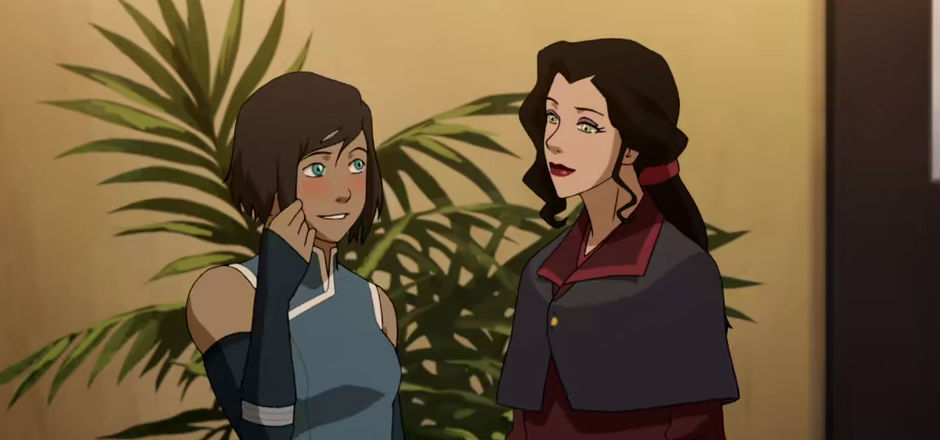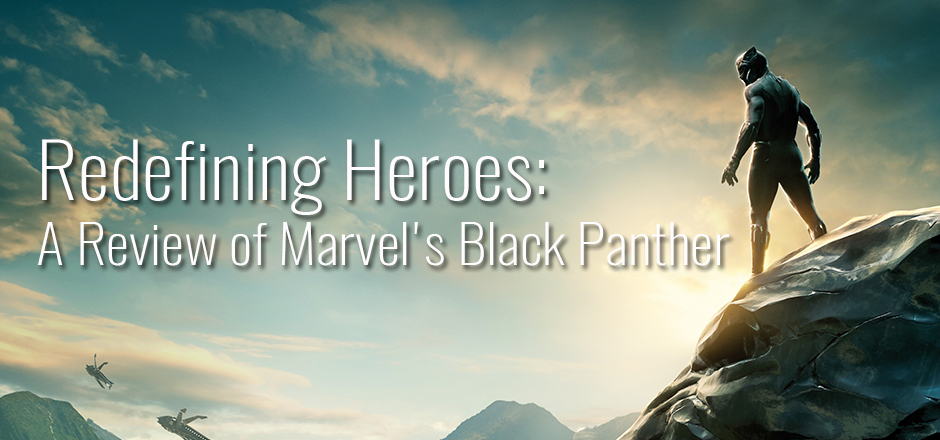Kids’ movies have always had a difficult task in front of them: entertain the kids without making the parents want to lobotomize themselves. As I’m sure most parents have noticed, many fail at this.
For a little over 20 years, Pixar has become a beacon of hope for the parents of the world, sick of sitting through the Disney’s Planes of the world. Pixar has had a pretty consistent standard of quality in their movies (other than the Cars movies, which I am not alone in saying I don’t care for). Movies like Toy Story, Finding Nemo, Up, and others have raked in the dough while leaving kids and parents happy and entertained.
And sometimes sniffling.
 The big thing that often separates Pixar movies from other family movies is often the amount of heart injected into the stories that often affect the adults watching more than the children. There was hardly a dry eye in the theater during Toy Story 3’s nostalgic ending or Up’s emotional intro. But they’ve never really delved into the psychology of the characters; the emotional parts come more from the story, and we feel the emotions parallel to the characters.
The big thing that often separates Pixar movies from other family movies is often the amount of heart injected into the stories that often affect the adults watching more than the children. There was hardly a dry eye in the theater during Toy Story 3’s nostalgic ending or Up’s emotional intro. But they’ve never really delved into the psychology of the characters; the emotional parts come more from the story, and we feel the emotions parallel to the characters.
With Pixar’s latest jab to the heart, Inside Out, we quite literally get into the head of a character . The movie takes a look into the head of 11-year-old Riley, who’s going through a difficult move, and we as the audience witness her inner emotional turmoil. Her anthropomorphized emotions battle each other and work together to try to get Riley feeling okay again.
The most interesting part about this premise is how the emotions interact, particularly Joy and Sadness. Joy attempts to take the helm while trying to push Sadness out of the way. The two have to journey through Riley’s psyche in order to get her back to her happy self, and in true movie fashion, they each learn that Sadness is essential to a person’s well-being. Sadness needs to be felt and dealt with.
Partway through the movie there’s a scene where Joy and Sadness attempt to comfort Riley’s former imaginary friend, Bing Bong. Joy’s strategy is to make funny faces, tickle him, and say “it’ll be okay!” over and over. Sadness sits next to him and listens to him explain why he’s sad. After they talk a little bit, he feels better.
[blocktext align=”left”]Sadness is essential to a person’s well-being. Sadness needs to be felt and dealt with.[/blocktext]This is a much deeper look at depression than we ever really see in any film, let alone a kids’ film. It shows how trying to replace the bad feelings with good ones isn’t always going to work; sometimes the best things to do is to let the bad feelings be felt. After they’ve run their course, they’re not as strong anymore and lead to a greater capacity for empathy and compassion.
Not only does sadness demand to be felt, it’s something that everyone, everyone, experiences in life. Riley’s parents both have sadness present in their minds during the brief look we get into their heads – sadness is even the dominant emotion in her mother’s mind, as Joy is in Riley’s – and the climax has Riley realizing that a sad memory was actually a pivotal moment in her life. Without that memory, she wouldn’t be the person that she is today.
Sadness is a mandatory part of life, it helps shape us into the people we are. No film has every illustrated this as beautifully as Inside Out. It’s an incredibly important message for both kids and adults, as much of lives we’ve been told not to cry, to bottle our emotions. I can’t even count the number of times I was told to stop crying as a child by both teachers and other children. I like to imagine how different that might have been if Inside Out had been released during that time. Maybe kids would have been more accepting of raw emotion, knowing that it was important to let yourself feel those emotions.
Regardless, Inside Out is game-changer for the way we thinking not only about depression, but sadness in general. I can only hope that the lessons of this film will be remembered for years to come.
—
Joel Wallick is currently pursuing a degree in film studies at Bowling Green State University with a minor in creative writing. He has been gaming since early childhood, beginning with Pokemon Silver. Follow him on Twitter @SuperNerdJoel.







NO! That’s not what depression is! Depression and sadness get confused a
lot because they appear to have the same symptoms but they come from
completely different sources.
Sadness is feeling down when
everything in your life is going wrong. That’s a natural reaction, and
is usually met with sympathy and hugs.
Depression is feeling down
when everything in your life is going right. This is a very unnatural
and misunderstood condition, and is usually stigmatized as being weak,
and met with judgmental stares and insults.
They are NOT the same thing—Scientists have identified a physical difference between a depressed brain and a healthy brain—and those who have never felt the grips of depression need to understand that.
I don’t really agree with your definition of depression. It’s not just feeling sad about nothing, it’s overwhelming feelings of sadness and hopelessness that pervade your thoughts. Maybe it was caused by something, maybe it wasn’t. My point with this is that I believe everyone feels this at some point or another, to varying degrees, and that working through this helps us grow as people.